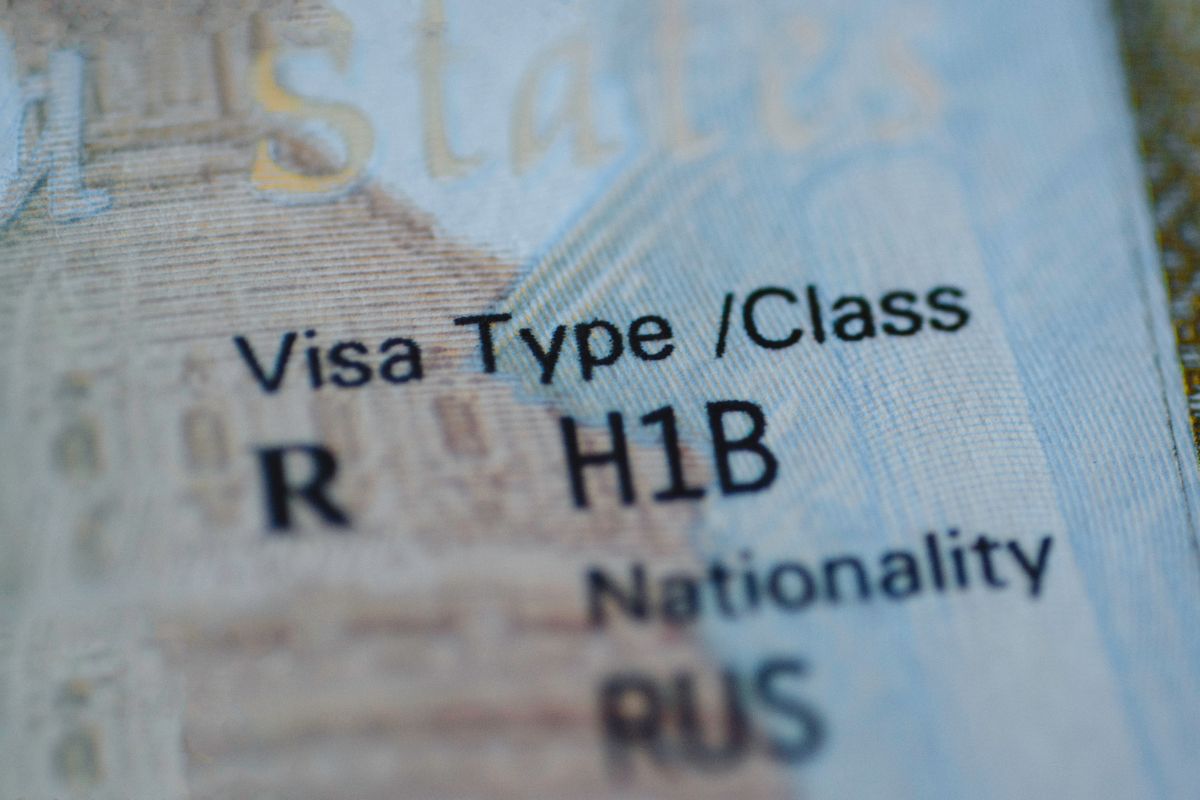Visa Transfers: What Happens When You Change Employers in the U.S.?

Navigating the U.S. immigration system is complex, and transferring your visa when switching employers can add another layer of intricacy. Whether you’re on an H-1B, L-1, or another work visa, understanding the transfer process is essential to maintain your legal status and ensure compliance with U.S. immigration laws. This guide provides an educational overview of visa transfers in the United States, focusing on key considerations, common challenges, and the legal framework that governs these processes.
Table of Contents
What Is a Visa Transfer?
A visa transfer refers to transferring a work visa sponsorship from one employer to another. Unlike a literal “transfer,” this involves filing a new petition with U.S. Citizenship and Immigration Services (USCIS) under the sponsorship of your new employer. During this process, your immigration status must be maintained to avoid complications.
Who Is Eligible for a Visa Transfer?
Eligibility for a visa transfer depends on your visa type. Here are some common scenarios:
- H-1B Visa Holders: Employees can transfer their H-1B status to a new employer, provided the new employer files an I-129 petition before the individual begins work.
- L-1 Visa Holders: Transfers are restricted within the same corporate structure (e.g., parent, subsidiary, or affiliate companies).
- O-1 Visa Holders: Transfers are possible if the new employer files a new petition to sponsor the individual.
- E-3 Visa Holders: Australian nationals on E-3 visas can also transfer sponsorship between employers.
Steps in the Visa Transfer Process When You Change Your Employer in the US
- Job Offer from the New Employer
A visa transfer cannot proceed without a formal job offer from the prospective employer willing to sponsor your visa. - Filing the Petition
The new employer must file Form I-129 (Petition for a Nonimmigrant Worker) with USCIS, accompanied by supporting documents such as:- A copy of your current visa.
- Proof of your qualifications (e.g., degrees or certifications).
- Evidence of the job offer and job description.
- Maintaining Status
If you are currently employed under your existing visa, ensure you maintain your status until the transfer is approved. - Portability for H-1B Visa Holders
H-1B holders benefit from portability provisions, allowing them to start working for the new employer as soon as USCIS receives the transfer petition, even if approval is pending. - Approval Notice
Once USCIS approves the petition, your visa status will be tied to the new employer, allowing you to continue working legally in the U.S.
Key Considerations for Visa Transfers
Timeliness
- Timing is crucial in the visa transfer process. The new employer must file the petition promptly to avoid gaps in employment authorization.
Consistent Job Duties
- Your new role must align with the visa category’s requirements. For instance, H-1B visas require the new position to qualify as a specialty occupation.
Wage Requirements
- Employers must comply with wage requirements to avoid violations of immigration and labor laws. H-1B visas include submitting a Labor Condition Application (LCA) to demonstrate compliance with prevailing wage standards.
Potential Risks
- If the transfer petition is denied, the individual may lose their status, especially if their previous employment has already ended. Maintaining proper documentation and legal representation can mitigate these risks.
Common Challenges in Visa Transfers
- Delays in USCIS Processing
Even with premium processing options, delays can occur due to backlogs or requests for evidence (RFEs). - Status Maintenance
Individuals must avoid gaps in their status while transitioning between employers. - Compliance Issues
New employers unfamiliar with visa requirements may unintentionally file incomplete or incorrect applications, leading to denials. - Non-compete Agreements
Employment contracts from your previous employer may include non-compete clauses that complicate the transfer process.
Legal Framework and Jurisdiction
Visa transfers are governed by federal immigration laws, primarily under the Immigration and Nationality Act (INA). USCIS adjudicates visa transfer petitions, while state-specific employment laws may impact contractual issues like non-compete agreements. The Department of Labor also oversees wage and hour compliance, ensuring employers meet labor certification requirements.
Conclusion
Visa transfers are a critical aspect of the U.S. immigration system, enabling professionals to advance their careers without jeopardizing their legal status. However, the process requires careful planning, compliance with federal and state regulations, and a thorough understanding of visa-specific requirements.
While this guide offers an educational overview, individuals are encouraged to stay informed about the latest immigration developments to navigate the complexities of visa transfers effectively. A proactive and well-informed approach can help ensure a smooth transition between employers while maintaining compliance with U.S. immigration laws.



